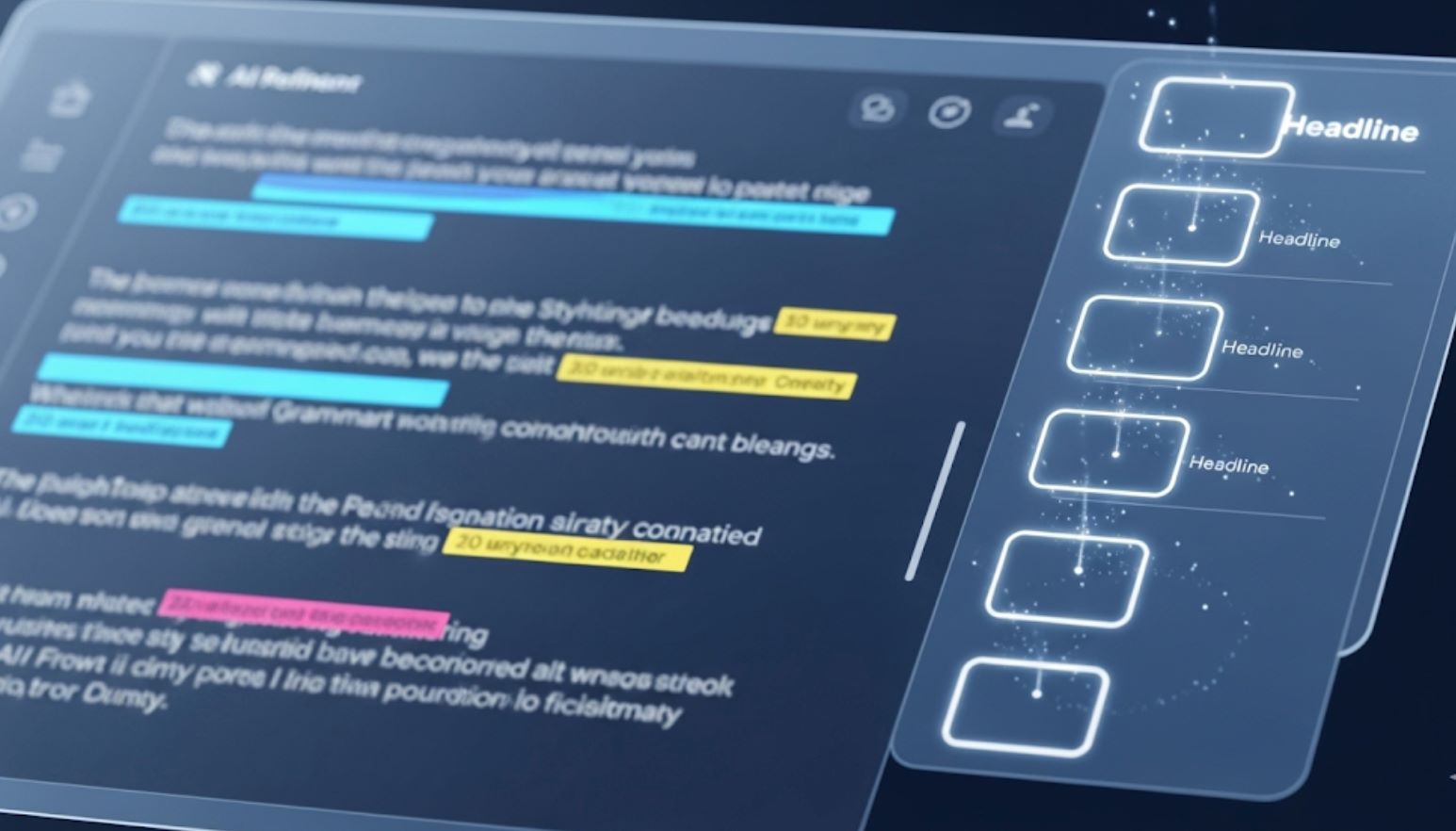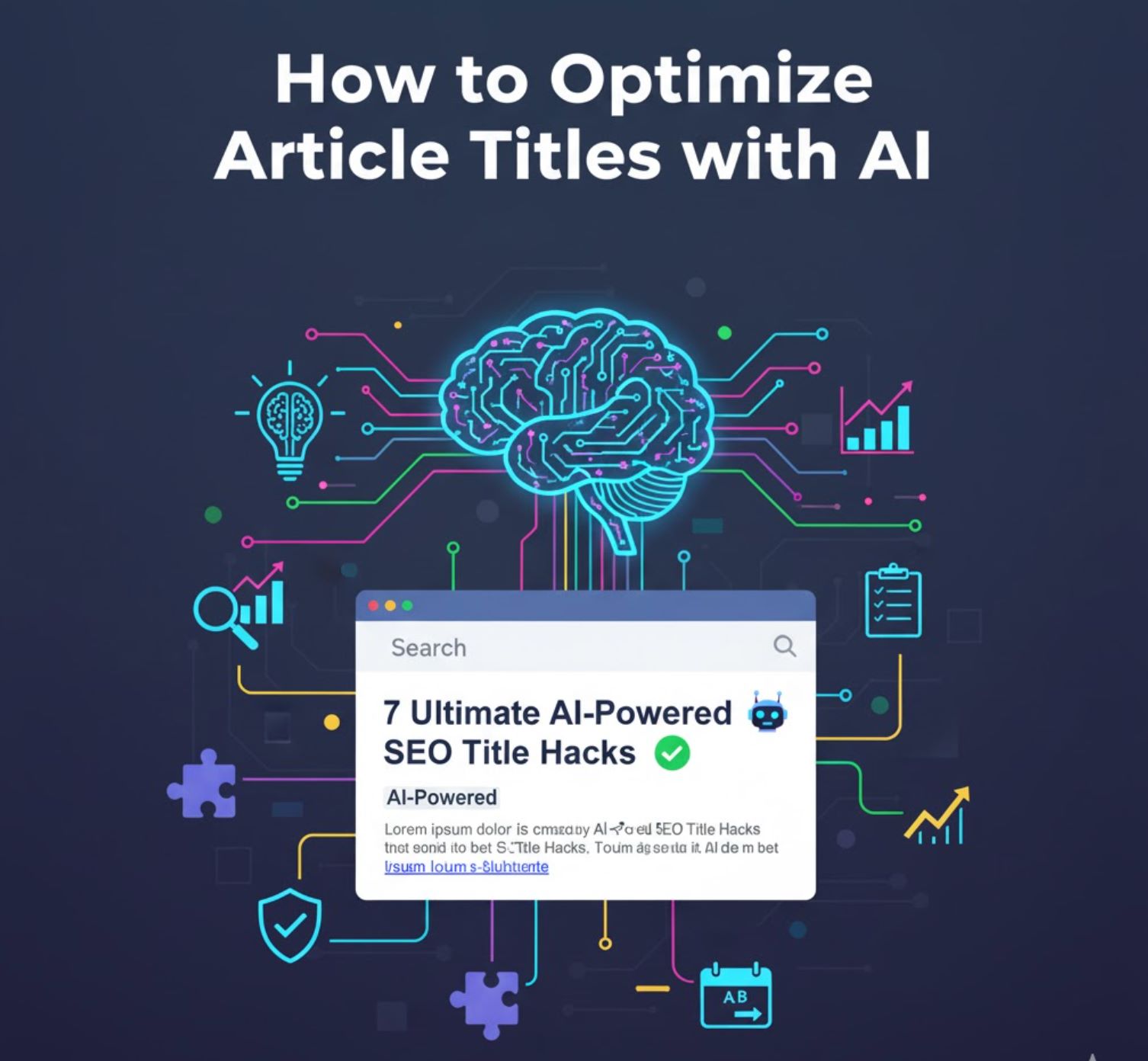How to write blog posts with AI
Writing engaging blog posts can be time-consuming, but Artificial Intelligence (AI) is making it easier for creators to produce high-quality content. From generating topic ideas and drafting outlines to composing full articles and optimizing for SEO, AI tools streamline the writing process. In this guide on How to Write Blog Posts with AI, we’ll cover practical tips, best practices, and strategies to create compelling content efficiently while maintaining your unique voice.
With this way of writing blog posts using AI, you will easily achieve high efficiency in creating content for your blog. Do you want to try?...
Using AI tools like ChatGPT and Claude can turbocharge your blogging workflow. AI assistants can suggest ideas, speed up drafting, and optimize content, letting you produce more high-quality posts in less time.
For example, a 2023 HubSpot report found that businesses publishing 16+ blog posts per month generate roughly 3.5× more traffic than those posting less often. Tools such as GPT-4 (the engine behind ChatGPT) are already widely adopted in content marketing – one survey shows ChatGPT being used by 59% of B2B marketers – so integrating AI is becoming essential.
By following a clear process and mixing AI's strengths with your own expertise, you can write engaging blog posts efficiently while maintaining originality and SEO quality.
Steps to Writing Blog Posts with AI
Choose the Right AI Tool
Select an AI writing platform that fits your goals and style. For example, if you need long-form professional articles, tools like Jasper or GPT-4-based assistants are great at drafting coherent, detailed posts.
If you want quick, social-media-friendly updates or listicles, simpler tools like Copy.ai can generate short content rapidly. Many platforms offer free trials, so try a few.

Research and Prepare Your Content
Before generating text, define your audience, topic and SEO strategy. Use keyword research tools to find target phrases and related terms, and outline the main points or sections you want in the post.
For example, identify the readers' pain points, your post's goal (inform, persuade, etc.), and a logical structure (introduction, headers, conclusion).

Craft Clear, Detailed AI Prompts
The output quality depends heavily on your prompt. Don't just say "write about X" – give the AI specific instructions. Include target audience, desired tone (professional, friendly, enthusiastic, etc.), and key points to cover.
Write a 1000-word blog post for small business owners explaining how our cloud security service protects data. Include an introduction, a comparison of common threats, and real-world examples, and end with a clear call to action.
— Example of a detailed AI prompt
Being precise helps the AI generate relevant content close to what your readers need. Detailed prompts save editing time later because the draft will already reflect your goals.

Generate a Draft with the AI
Run your prompts through the AI tool to get a first draft. Modern AI (like GPT-4, Claude, etc.) can produce long, structured text with headings, bullet lists, and so on.
You can generate the full post at once or do it section by section (e.g. prompt for an intro, then for each H2 section).

Review and Add Your Own Expertise
Carefully edit the AI's draft by injecting your insights, facts and style. AI-generated text can be coherent but generic, and it may "hallucinate" (make up facts) or closely mirror common content.
- Check accuracy of any claims and add fresh research if needed
- Include unique elements like your own case studies, data or stories
- Adjust the tone so it matches your brand's voice
- Ensure the content actually delivers value and isn't just a bland rehash

Polish with AI Tools
After your manual edits, you can use AI again for finishing touches. For example, ask the AI to suggest multiple headline options and meta descriptions, or to rewrite the intro to be punchier.
You might have the AI tighten long sentences, improve transitions, or tailor the phrasing – essentially acting as an advanced grammar/style editor. This can boost clarity and engagement.
Make this introduction more compelling and concise, then suggest a benefit-driven title.
— Example polishing prompt

Optimize for SEO
Treat SEO as you would with any blog post. Use your target keywords naturally in headings and paragraphs. AI can help suggest related long-tail keywords as well.
For example, the keyword "AI productivity tools" might lead AI to also use phrases like "affordable AI tools for small businesses" or "boost productivity with AI automation," weaving them in context.
- Generate compelling meta descriptions and alt text
- Build internal links to your other relevant posts
- Use SEO tools to check readability, keyword usage, and originality
- Ensure the final draft sounds like it was written by a skilled human

Best Practices and Tips
Give the AI Context
Provide as much relevant detail as possible in your prompt – audience, tone, word count, goals, etc. The more context you share, the better the output.
Example: "Write a blog for entrepreneurs explaining how to build an email list, in a friendly motivational tone."
Use AI for Structure
AI is great at ideation and outlining. Ask it to analyze top-ranking articles on your topic, find gaps, or draft a complete outline for you.
A strong outline guides the writing and ensures you cover what readers want.
Inject Real Stories and Data
Humans trust concrete examples. After AI drafts generic advice, enrich it with actual case studies, statistics or anecdotes.
This makes your post original and credible.
Repurpose Content Smartly
Once your blog is done, use AI to turn it into multiple formats – social media posts, email content, or videos – saving time on reusing your work.
Example: "Please convert this blog post into three LinkedIn updates."
Combine Tools for Better Results
Don't rely on AI alone. Use grammar/spell checkers (e.g., Grammarly), plagiarism detectors, and analytics tools in tandem.
These add another layer of quality control.
Balance Human and AI
View AI as your assistant. "You're the creative engine; AI is the collaborator."
Always keep your voice in the content. Ensuring you're leading the process retains authenticity.
Context-Rich Prompts
Detailed instructions lead to better AI output

Structural Planning
AI excels at creating content outlines

Human Touch
Add real stories and data for credibility

Content Repurposing
Transform one post into multiple formats

Tool Integration
Combine multiple tools for quality control

Human-AI Balance
Maintain your authentic voice throughout

Ethics and Authenticity
When using AI, maintain transparency and ethics. Always review and fact-check the AI's output. AI can hallucinate false information or unintentionally mimic competitors, so verify every claim.
Verify and Validate
- Fact-check all AI-generated claims
- Run plagiarism checks on content
- Verify sources and statistics
- Rewrite content that's too similar to existing sources
Preserve Your Voice
- Maintain your personal tone and perspective
- Add unique insights and experiences
- Ensure content feels authentically yours
- Don't let AI override your creative vision
Focus on solving your readers' problems and crafting unique insights. Disclose AI use if appropriate (for example, noting on an author bio that AI aided in drafting) to build trust.

Conclusion
Writing with AI is a powerful strategy when done thoughtfully. By choosing suitable tools, giving clear instructions, and thoroughly editing the results, you can harness AI to speed up writing without sacrificing quality.
The end result will be SEO-friendly, well-researched blog posts that engage your audience – with you remaining firmly at the creative helm.






